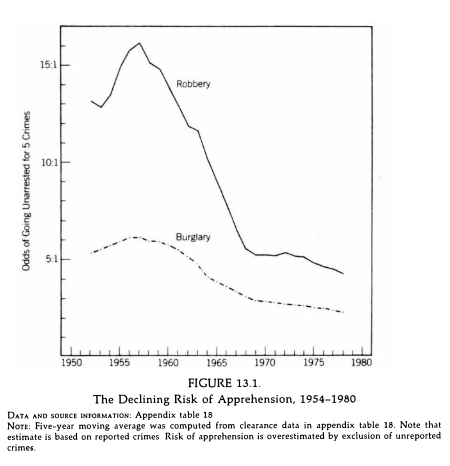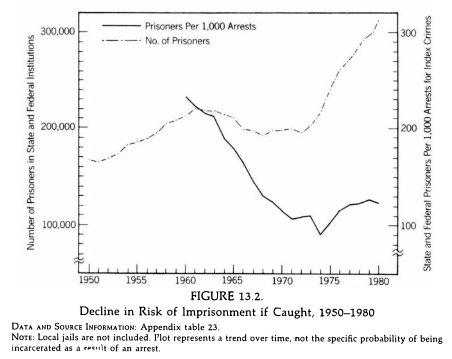This week’s reading takes us back to Losing Ground by Charles Murray. While the opening chapters bordered on the ridiculous in their cherry picking of facts, avoidance of sources and generally fallacious arguments, these final chapters were particularly frustrating. Surely conservative thinkers have a stronger argument to make than Murray’s. Rather than devote any more posts to this book, I’ve decided to sum up the last three chapters here.
Murray’s argument completes its break from reality. “Part of the genius of the system in the United States,” he writes, “is that status is not immutable. Those on the bottom at any given time can see themselves as just passing through on the way up…” (p. 179). Given Murray’s earlier refusal to see poverty as a systemic problem, his belief in the upward mobility possible for anyone willing to do the work should not be surprising. It leads one to question why more people haven’t decided to muster the willpower and grit to leave poverty behind. Murray’s answer, of course, is that the federal government has made poverty too enticing and comfortable. Beginning with Harold and Phyllis, Murray implies welfare payments, food stamps, etc. provide recipients with a standard of living too resplendent to inspire anyone to want or try for better.
Not only is such a living attractive, but government programs have worked to bring a sense of pride to being poor and eliminated any stratification that may have existed among the poor as well, according to Murray who offers no empirical evidence of his claims. Leading to his proposal for what is to be done, Murray’s argument rests on the following premises:
- Poverty was institutionalized by federal fiat in the mid-to-late 60s (and had not been systemic previously).
- Federal programs to remove the stigma of receiving welfare benefits homogenized the culture of poverty ( and other socio-economic statues were not similarly affected).
- This homogenization destroyed the differentiation between those who could be poor and proud and those who should be poor and ashamed.
Moving into his conclusion, Murray focuses on transfers and finds them, on the whole, lacking in logic. He returns to education and gives us the example of the good student who must make a transfer to the disinterested student by means of a diminished school experience when both students are placed in the same classroom. This example, and the theory in general, strikes me as inconsistent with Murray’s larger belief that poor people can lift themselves out of poverty if policymakers would get out of the way. It is unclear why the presence of a less dedicated student should prevent the good student from reaching his bootstraps. Another alternative is that Murray is arguing the good student will still improve his status but not as much as he would without the disinterested distraction. If this is true, Murray fails to make this point clearly or to outline why some factors are insurmountable in escaping poverty, but others can be overcome through sheer hard work.
As Murray concludes the text by outlining a proposal for the dismantling of all welfare programs, this is the question that sticks in my mind. People in poverty would prefer not to be poor, he argues, and they were making progress toward that goal prior to the instatement of federal welfare policies. What though, is it about poverty with these policies (government-made poverty) that is impossible to overcome in Murray’s eyes? Assuming this is answered, what is it about natural poverty that makes it easier to overcome than a federal policy? Where is the line of poverty that can be escaped and poverty that is inescapable? I’m not certain Murray has the answer or is aware he’s inspired such a question.

